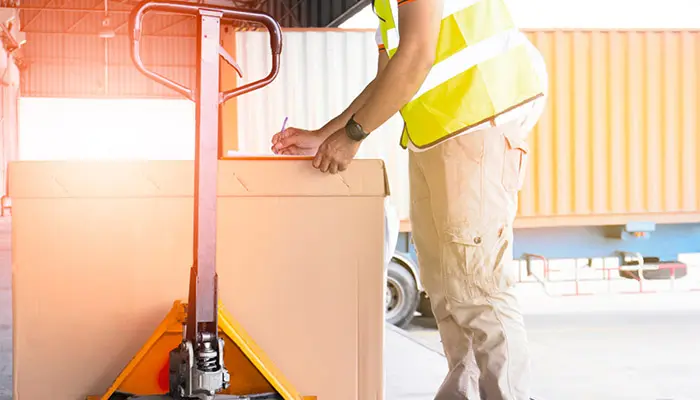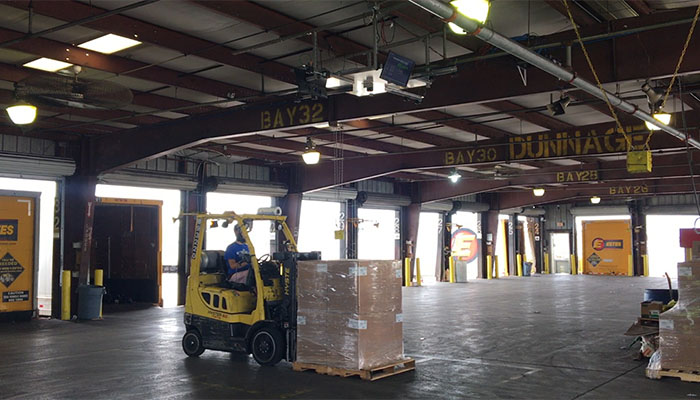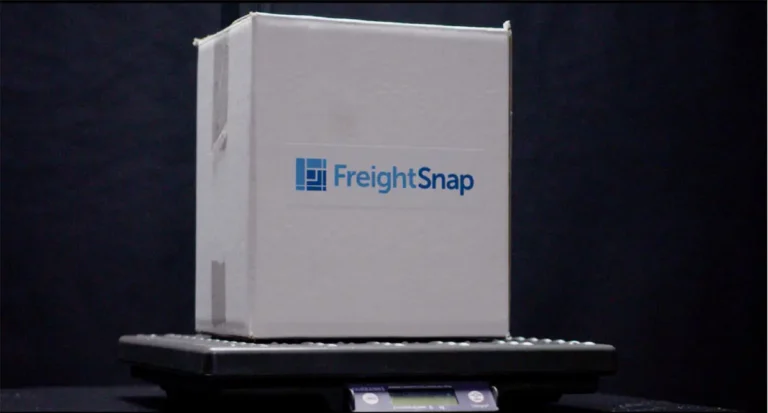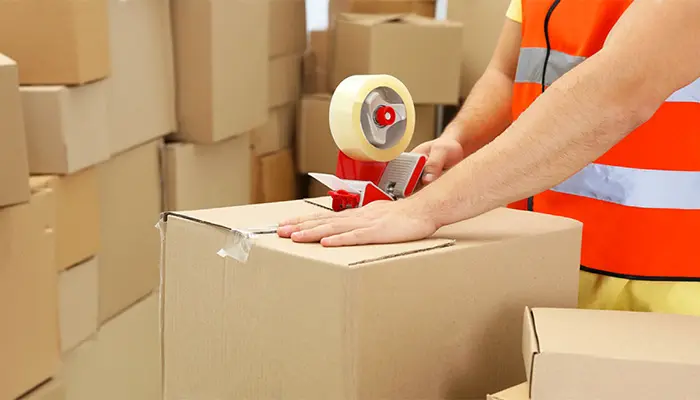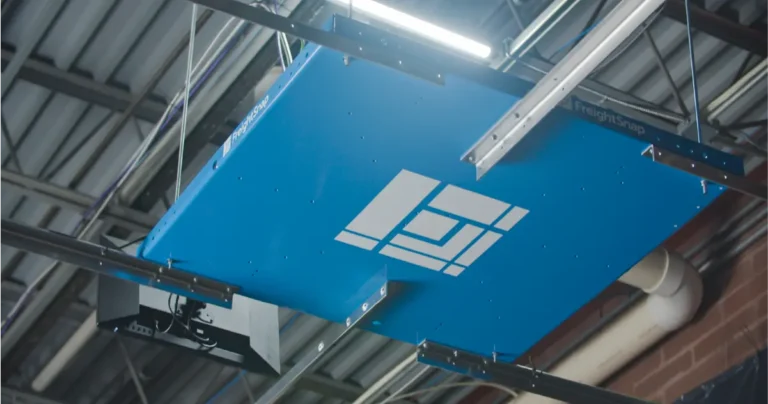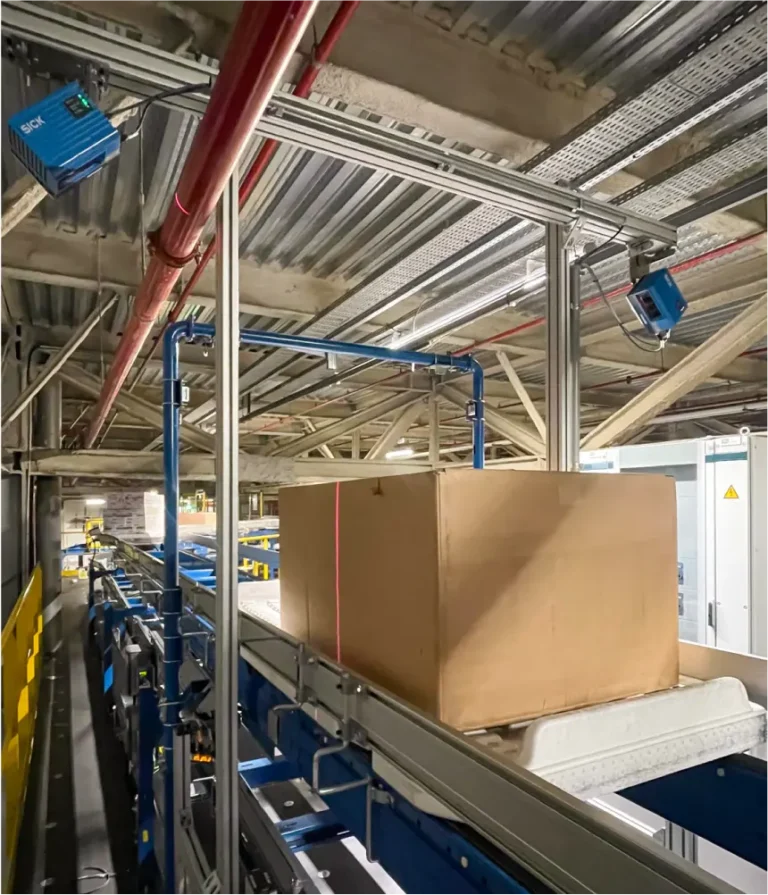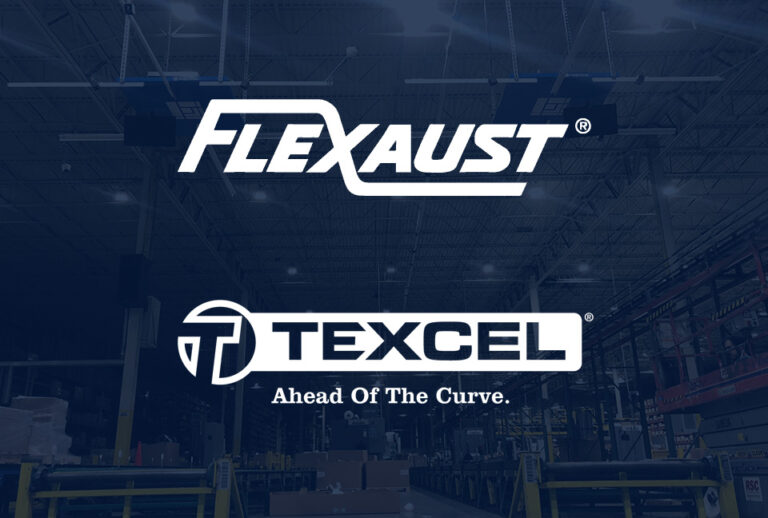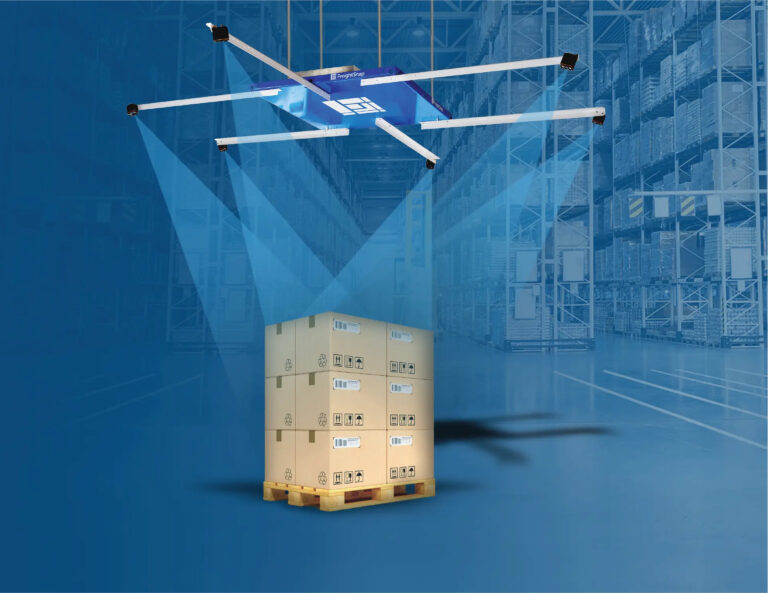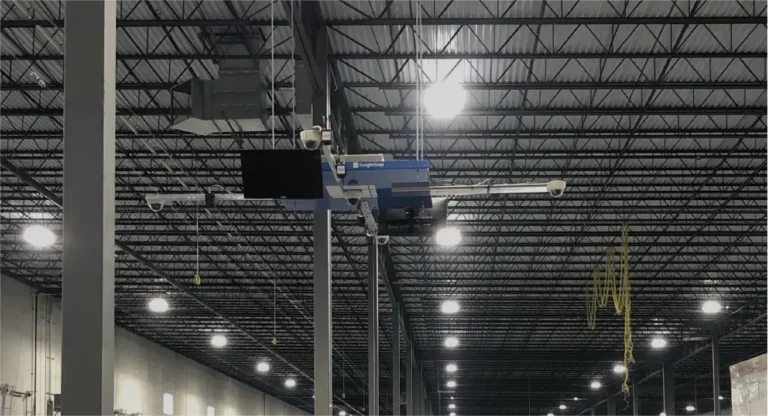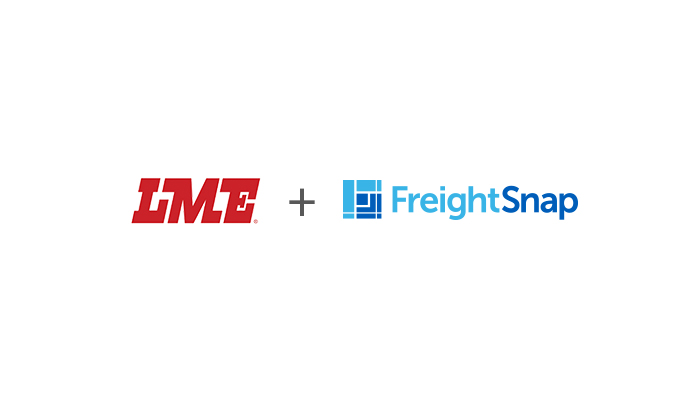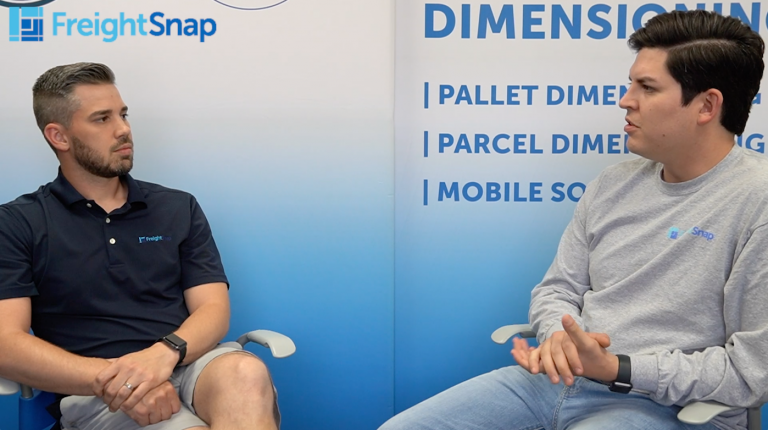Like their air freight and parcel carrier cousins, less-than-truckload (LT) operations are turning to density-based shipping with greater frequency. They’re caring less about what you’re shipping, and more about how much space it occupies on their trailers, which ensures that trucks leave with fuller, more profitable loads.
Unfortunately, this shift has caused new headaches for shippers in the form of more frequent pricing adjustments, confusion when classifying freight, and increased costs. The good news, however, is that these headaches can be cured through a few simple density-based shipping solutions.
Density-Based Shipping Solution 1: Measure and Weigh Everything
If you’re not already doing this, start today. Providing carriers and 3PL partners with weights and dimensions is paramount to running a cost-effective shipping operation. Hopefully, you already have a tape measure on hand; hang it next to your freight scale and use it. If you don’t have freight scale, invest in one. A basic 5000 lb capacity floor scale can be had for around $500 dollars, which will pay for itself quickly.
If you want to boost the speed and accuracy of your measuring and weighing process, look at automated dimensioners. There are mobile pallet dimensioning solutions available for low-volume shippers (a few pallets per day), and fully-automated, high-speed pallet measuring solutions for high-volume operations (dozens to hundreds of pallets per day). Look for models that integrate with your WMS/TMS systems, and certified as legal for trade in your country – NTEP certification, Measurement Canada, or OIML for other parts of the world. Carriers are already using these tools to spot measurement inaccuracies and issue freight adjustments, there’s no reason you can’t use the same equipment to avoid them.
Density-Based Shipping Solution 2: Spot Quote Large and Bulky Shipments
There’s a capacity crunch impacting the movement of freight in today’s marketplace. Triggered by a growing economy, increased demand for goods, and a dwindling number of drivers and available driver hours, the crunch is forcing carriers to charge more for large and oddly shaped freight.
Why are they charging more? Well, as any LTL operator will tell you, they have a limited number of “slots” available on each trailer. So, if one of your large shipments takes up 2 or 3 of those slots, the carrier is going to charge you for them. They may even tack on additional fees related to handling and accommodating the oversized item.
To obtain more competitive pricing, we recommend acquiring spot quotes any time you need to ship something oversized (8 to 10 feet in length). Spot quotes allow carriers to provide you with real-time pricing based on their current volume capacities and available trailer space. This not only secures your freight a spot on the trailer, but allows you to shop around for the best rates, which will differ according the availabilities of each carriers’ network at the time of inquiry.
Density-Based Shipping Solution 3: Use Strategically Tiered FAK rates
Freight All Kind (FAK) rates are negotiated between carriers and shippers, and allow shippers to group multiple classes of freight into one class for an agreed upon rate. These rates both save shippers money and guarantee carriers volume when set up correctly. Instead of figuring out which freight class to choose, FAK offers the density-based shipping method for greater price accuracy.
How do they work? Let’s say that you regularly ship items at classes 150, 175, and 200 respectively. If you negotiate with your carrier to ship them all at FAK 150, this allows you to take advantage of lower class rates on the items that would typically be billed at classes 175 and 200 (due to density-based shipping). Not only that, but FAKs can protect you from billing adjustments on freight that would typically be re-classed after being weighed or dimmed by the carrier.
For example, if a pallet you classed at 175 was dimmed or re-weighed by the carrier and found to be larger than stated, this could result in re-classification of your freight, which could cost more. But, since your FAK allows you to ship classes 150, 175, and 200 all at the same rate, even if re-classification bumps your class up to 200, your rate would not be affected.
The problem many shippers run into is failing to properly tier their FAK rates when negotiating with carriers. They either try to group too many classes into one range – minimizing the FAKs effectiveness – or they fail to negotiate an FAK for the classes they ship most often.
To ensure that you’re creating effective tiers, we suggest evaluating the density of all the freight you ship. This will help you determine which classes are used most often, and where to focus your efforts. Keep your tiers to groups of just 2 or 3 consecutive freight classes – so 150, 175, and 200 as shown in the example above. You can always create multiple tiers if you frequently ship a wide range of classes.
Implementing These Density-Based Shipping Solutions
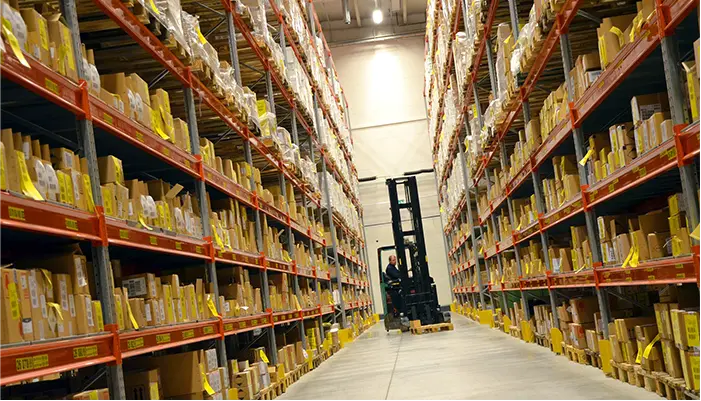
Hopefully this article has illuminated some of your current issues with density-based shipping and provided you with actionable solutions to help you improve your operation. If your company is like most, you may experience pushback as you try to implement these solutions within your own operation. If this happens, make sure that you clearly explain to your staff why these changes are necessary, and how they will ultimately improve life for everyone involved. These solutions aren’t just money savers, they’re designed to reduce the complexity of the shipping process, diminish back and forth between you and your carriers, and save time for everyone that touches your outgoing freight.
Learn More about the pros and cons about density-based shipping here.
For more articles like this, subscribe to our newsletter!
Was this article helpful?
Michael Eichenberg is the co-founder and CEO of FreightSnap, allowing the supply chain, logistics, manufacturing, distribution and transportation industries to measure, weigh, photograph and ID pallets and parcels in just seconds. Learn more and share your ideas on Facebook and LinkedIn.

